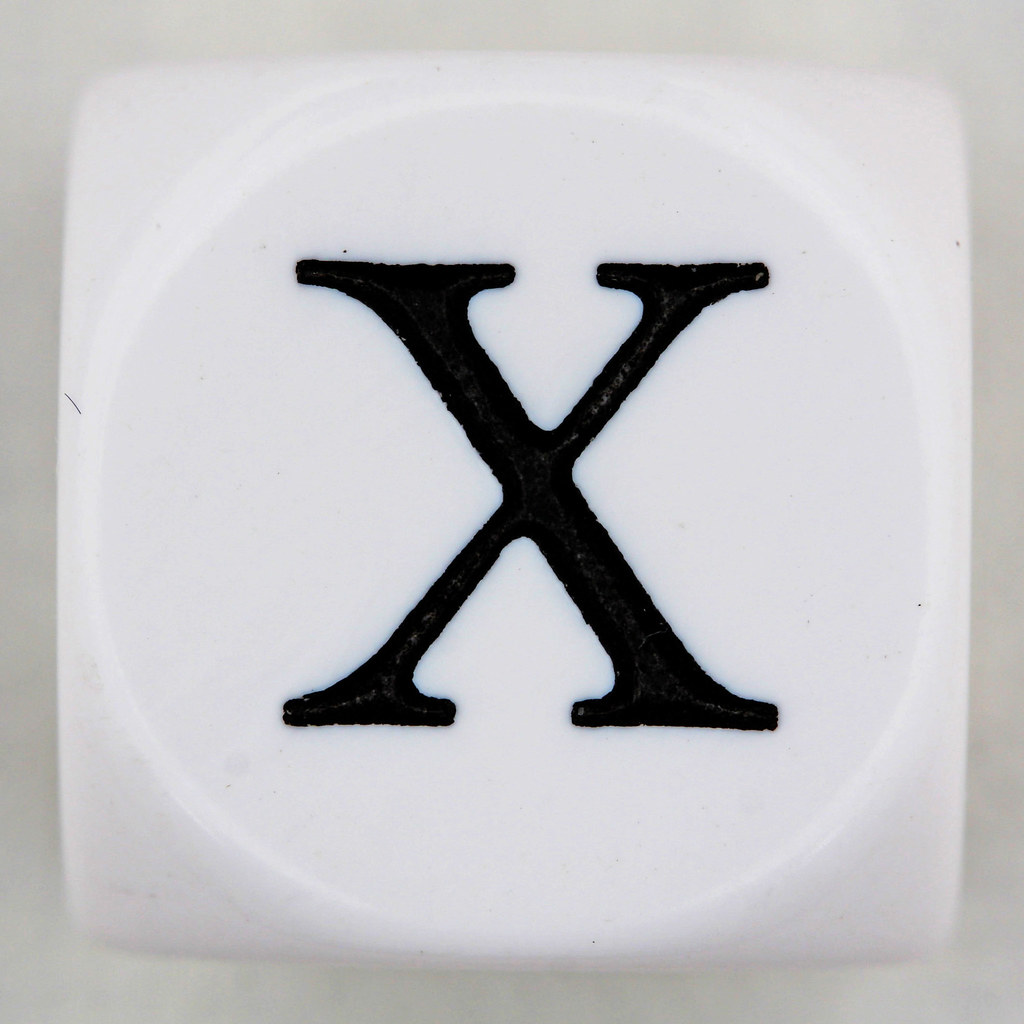10 in Roman Numerals is represented as X. This is because 10 is the second power of 5. 10 can also be written as VIIII, but this is less common. The number 10 is used in many ways in Roman culture. It represents the perfect number, which means it is a symbol of balance and completion.
10 In Roman Numerals
In the Roman numeral system, 10 is represented by the symbol X. This is because 10 is the highest single-digit number in the system. The next highest number is 20, which is represented by the symbol XX. In other words, 10 is just a single step below 20 in the Roman numeral system.
The basic rules for writing Roman numerals are simple: you start with the largest value and work your way down to the smallest. So, in this case, you would start with X (10) and then add I (1) to make XI (11). To make XII (12), you would add another I (1) to XI. And so on.
Roman Number For 10
The Roman numeral for 10 is X. This is because the Romans used a system of numerals in which letters represented numbers. The letter X represents the number 10 in this system. The Roman numeral X is used to represent the number 10 in many different contexts, such as in mathematical equations or in lists of items.
What Is The Roman Numeral For 10
The Roman numeral for 10 is X. This may be represented as a capital letter X, or as a lowercase x, depending on the case of the surrounding text. The Roman numeral for 10 is also used in mathematical and other contexts where Arabic numerals are not used. 3
How Do You Write The Number 10 In Roman Numerals
To write the number 10 in Roman numerals, you would start by writing the numeral for 10, which is X. Then, you would add a smaller value to the right of it, such as 1, to create the numeral XI. You can continue in this way until you reach the desired number. For example, if you wanted to write the number 15, you would start with XV and then add a smaller value to the right side, such as 1 or 5, to create XV1 or XV5. h3
What Does 10 Look Like In Roman Numerals
In Roman numerals, 10 is represented as X. This is because 10 is the second power of 5 (5 squared). The number 10 also has the distinction of being the first two-digit number in Roman numerals.
The Roman numeral for 10 is not just a single letter, but a combination of two letters: IX. This may seem like a strange way to represent the number, but it actually makes a lot of sense when you understand the history behind it.
The Roman numeral system is based on additive and subtractive principles. In other words, certain numbers are added together to form larger numbers, and certain numbers are subtracted from larger numbers to form smaller numbers. The number 10 can be thought of as a combination of the numbers 5 (I) and 5 (V), which are added together to form 10 (X).
The ten in roman numerals is X. This is because the number 10 is represented by two lines that intersect in the middle with a line going through the top. The number 10 can also be represented by a V with a line through the middle, but this is less common.
The roman numeral for 10 is X. This is written as a capital letter X. In roman numerals, 10 is a base 10 number. The number 10 has one zero in it. When writing numbers in roman numerals, the order of the letters goes from left to right, starting with the largest number on the left side.
Conclusion
The number 10 in Roman numerals is written as X. This is because the Romans used a system of subtracting numbers to create new ones. So, 10 would be written as 1 less than 11, which is XI.


Leave a Reply